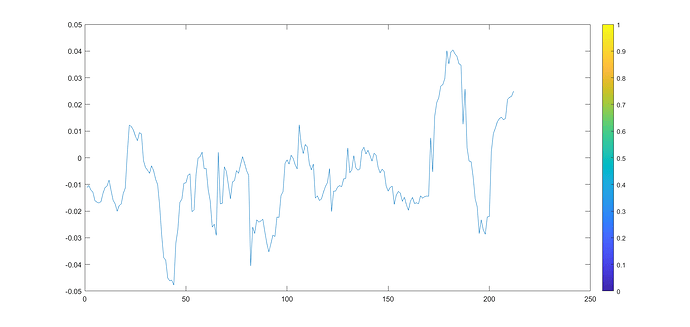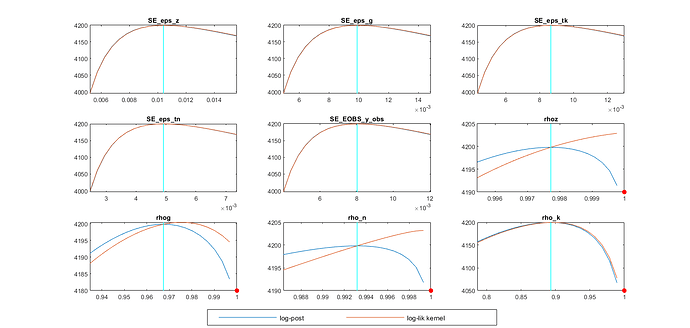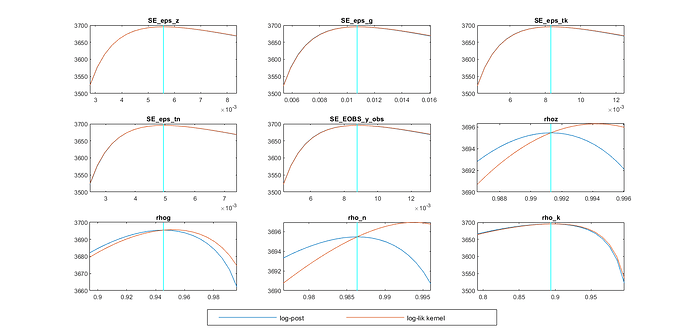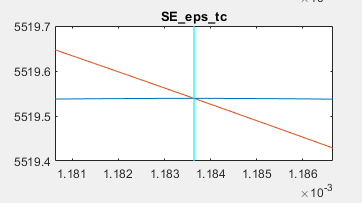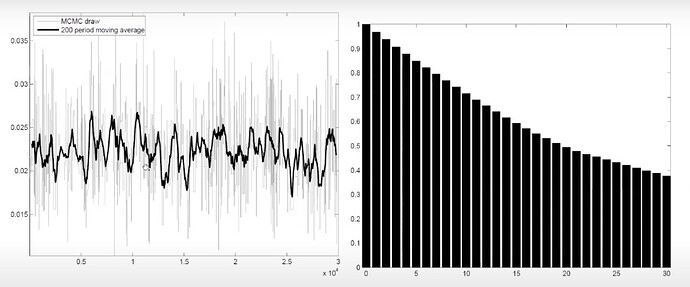Hi professor Pfeifer, after reading the first part of your paper “A Guide to Specifying Observation Equations for the Estimation of DSGE Models”, I’ve noticed that you used data from FRED, although, I tried to replicate a similar model (specificly, the one proposed as an exercise on the ‘Dynare Summer School 2021’) with my own data (for U.S from 1970-2019) to estimate that model, but it seems that my data isn’t appropiate (it isn’t able to execute the Bayesian Estimation). I’d like to know how did you obtained the data cointained in the file ‘ps_data.mat’ (i.e which variables do I have to look for in FRED database in order to calculare those per capita variables and specially the taxation rates for capital and labour).
Find attached the mod file and the mat files (‘data_usa’ is mine and ‘ps_data’ is your data).
Kind regards.
data_usa.mat (8.0 KB)
ps_data.mat (8.4 KB)
RBC_tax_estimation.mod (8.6 KB)
